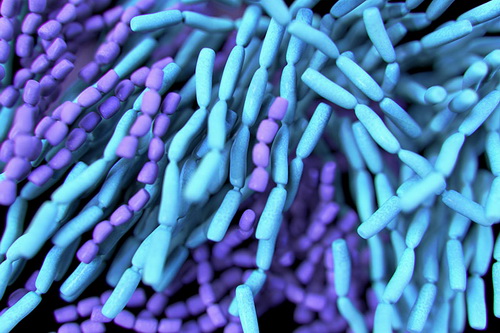



Making Room for Feed Additives in Piglet Diets
GLOBAL - Organic acid use in piglet diets can be considered routine nowadays. Yet, high levels of organic acids in feed formulation take up a lot of otherwise useful space in the feed. Replacing a portion of organic acids with a more powerful additive can create room to further enhance feed formulation or add more economical raw materials at no additional cost.
Swine producers apply organic acids to feed mainly to combat microbial and fungal contamination that causes the deterioration of feed and to decrease the pH in animals' stomachs. Constant treatment with organic acids has the added benefit of preventing recontamination of feed, whereas methods such as heat treatment do not.
A number of factors support the rationale for dietary acidification for juvenile animals, especially weaning pigs. At weaning, piglets often register limited digestive and absorption capacity, typically due to insufficient hydrochloric acid and pancreatic enzymes secretion. Add on top of this, stress associated with the weaning process, sudden feed consistency and environmental changes – all of which can have a negative effect on the digestion, feed absorption and intestinal microflora of the piglets.
E. coli inhibition and beneficial bacteria promotion

Organic acids positively influence the growth of Lactobacilli in the gastrointestinal tract, which may competitively inhibit the proliferation of E. coli
Various studies show that acidification of piglet diets at reported pH levels ranging from 4.36 to 5.79 can reduce the coliform and E. coli counts along the intestinal tract, decreasing scouring and mortality of piglets (Table 1). Organic acids positively influence the growth of Lactobacilli in the gastrointestinal tract, which may competitively inhibit the proliferation of E. coli and produces lactic acid and other metabolites which lower the pH or have an antimicrobial effect and inhibit E. coli even more.
Table 1. Change in the bacterial flora of the intestinal tract using Biotonic® Top3

a,b Means with different superscripts differ significantly; P<0.05
Positive control: Colistin 100g/t + CTC 100g/t
Source: BIOMIN








